13 Civilian Firearms From the 1900s Now Considered Masterpieces
Civilian firearms from the 1900s tell stories of design, culture, and changing needs. Many began as practical tools that gained admiration over time. You can feel the era in the lines, finishes, and hand-fit parts. Some were the choice of sportsmen while others lived in bedside drawers for peace and protection. What they share is reliable performance and character that still turns heads today.
This post may contain affiliate links, which helps keep this content free. Please read our disclosure for more info.
Colt 1903 Pocket Hammerless

The Colt 1903 Pocket Hammerless is a semi-automatic pistol that became one of the most stylish personal defense weapons of its time. Designed by John Browning, it combined compact size with smooth handling, making it ideal for both military officers and civilians. Its design lacked an exposed hammer, giving it a cleaner look and safer operation during holstering.
Collectors appreciate this pistol for its mechanical reliability and historical importance. Many examples were owned by notable figures during the early 20th century, increasing their collectible value. Depending on condition and finish, the Colt 1903 can sell between $900 to $2,000 in today’s market.
Luger P08 Parabellum
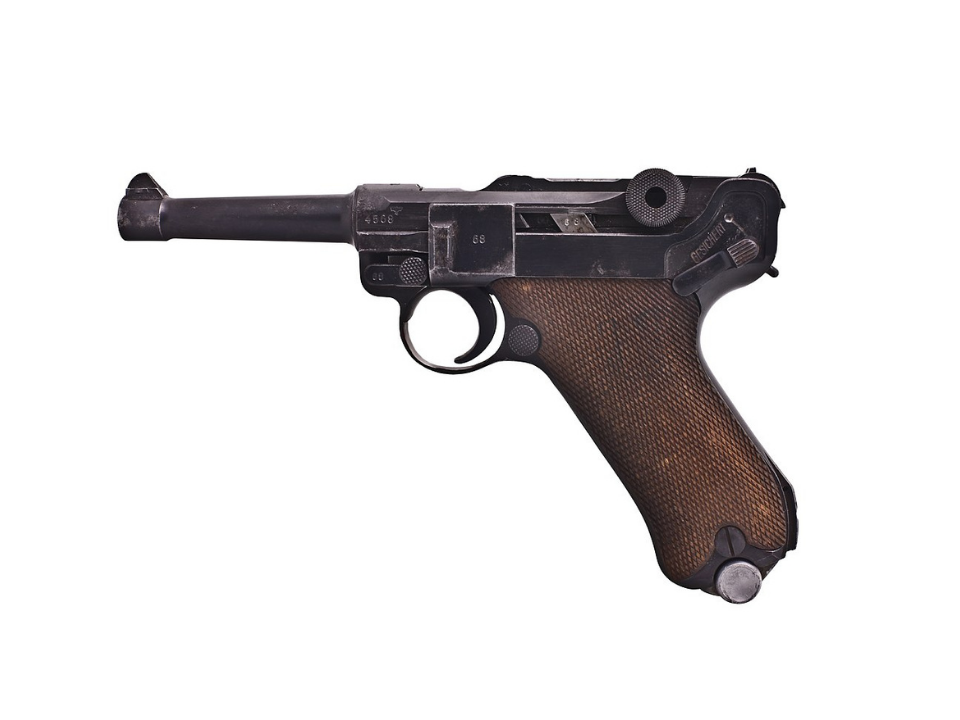
The Luger P08 Parabellum stands as one of the most recognizable pistols of the early 1900s. Produced in Germany, it featured a toggle-lock action that fascinated collectors and engineers alike. Despite its military use, many Lugers were sold to civilians who admired its accuracy and balance.
Its precision-machined parts and distinctive design have turned it into a centerpiece for firearm enthusiasts. Original examples with matching serial numbers or unique markings are highly desirable. Market prices range from $1,800 to $5,000, with rare variants fetching higher values.
Mauser C96 Broomhandle
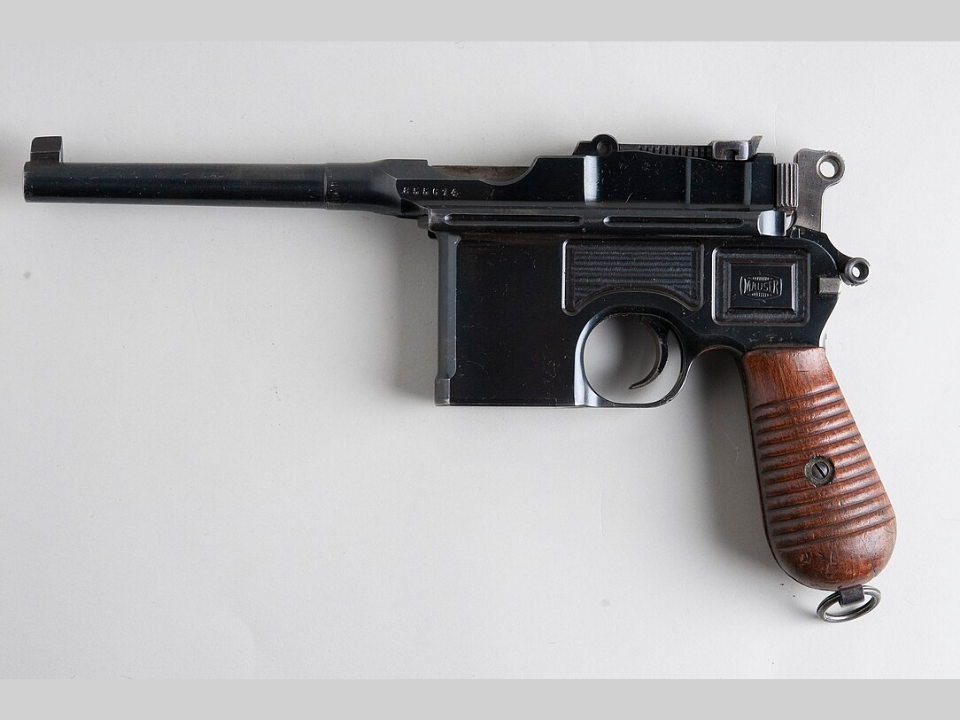
The Mauser C96 earned its nickname from its wooden grip that resembled a broom handle. Produced from 1896 to the late 1930s, it became one of the first successful semi-automatic pistols available to civilians. Its internal box magazine and unique silhouette made it stand out in an era dominated by revolvers.
Collectors value the C96 for its innovative engineering and cinematic history, as it appeared in several classic films. Many surviving examples are preserved in excellent condition and remain sought after by historians and enthusiasts. Depending on rarity, a Mauser C96 can range from $2,000 to $10,000.
Smith & Wesson Triple Lock .44 Hand Ejector
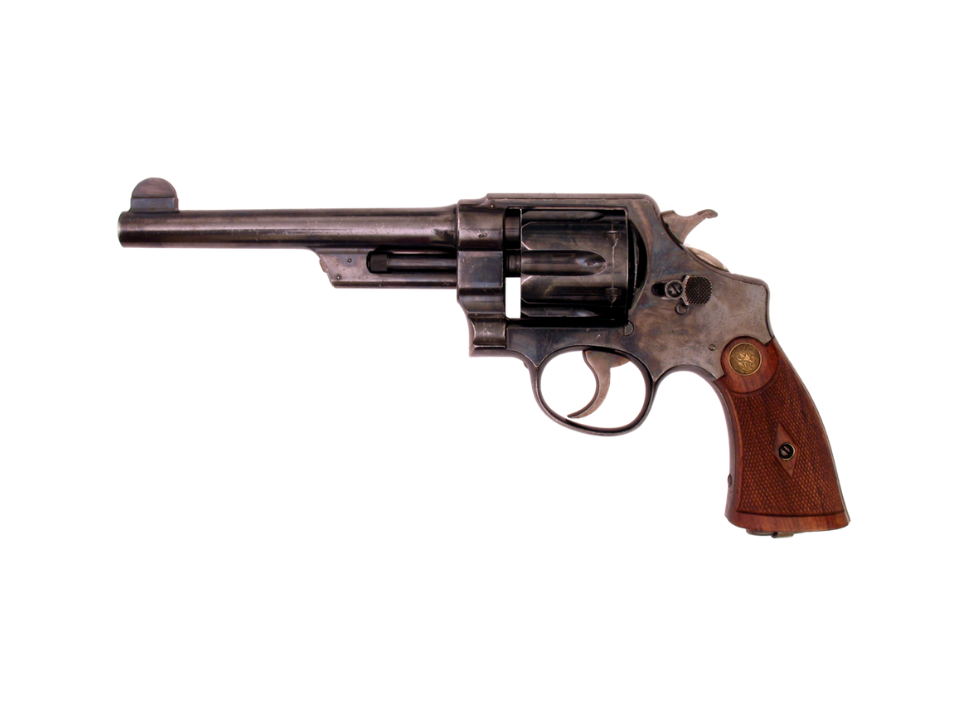
Introduced in 1908, the Smith & Wesson Triple Lock was celebrated for its solid frame and advanced locking mechanism. Chambered in .44 Special, it was built with remarkable strength and accuracy. The revolver’s triple-locking cylinder provided smooth operation and consistent alignment.
Collectors admire its craftsmanship and mechanical reliability. Its production numbers were limited, making original models highly collectible. Depending on condition, the Triple Lock can command between $2,500 and $6,000.
Savage Model 99
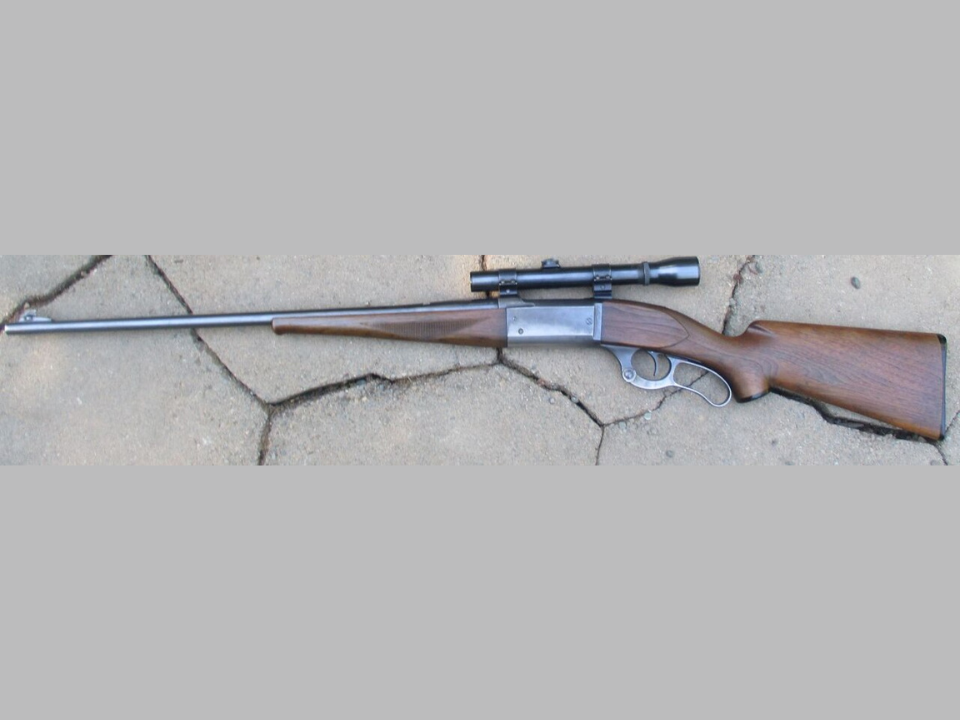
The Savage Model 99 was an innovative lever-action rifle introduced in the early 1900s that featured a rotary magazine. This design allowed the use of pointed bullets, which was a major advancement at the time. Hunters favored its fast handling and accuracy.
Collectors respect the Model 99 for its innovation and longevity, as it remained in production for nearly 100 years. Early examples, particularly in rare calibers, are especially valuable today. Depending on configuration, it can fetch between $900 and $3,500.
Remington Model 8

Developed by John Browning, the Remington Model 8 was one of the first successful semi-automatic rifles available to civilians. Introduced in 1906, it used a long-recoil action system that provided reliable cycling. It was favored by hunters and outdoorsmen for its power and accuracy.
This rifle holds historical value for its role in American firearms innovation. Collectors often look for rifles with original finishes or early production markings. Prices typically range between $1,000 and $3,000 depending on condition and caliber.
Browning Auto-5

The Browning Auto-5 shotgun, introduced in 1902, was the first successful semi-automatic shotgun. Its humpback receiver became instantly recognizable, and its recoil-operated design influenced countless future models. It offered hunters faster follow-up shots and dependable performance.
Collectors admire the Browning Auto-5 shotgun from the early 1900s for their quality and smooth operation. Many remain functional after more than a century. Depending on grade and engraving, early Auto-5 shotguns range from $1,200 to $4,000.
Colt New Service Revolver
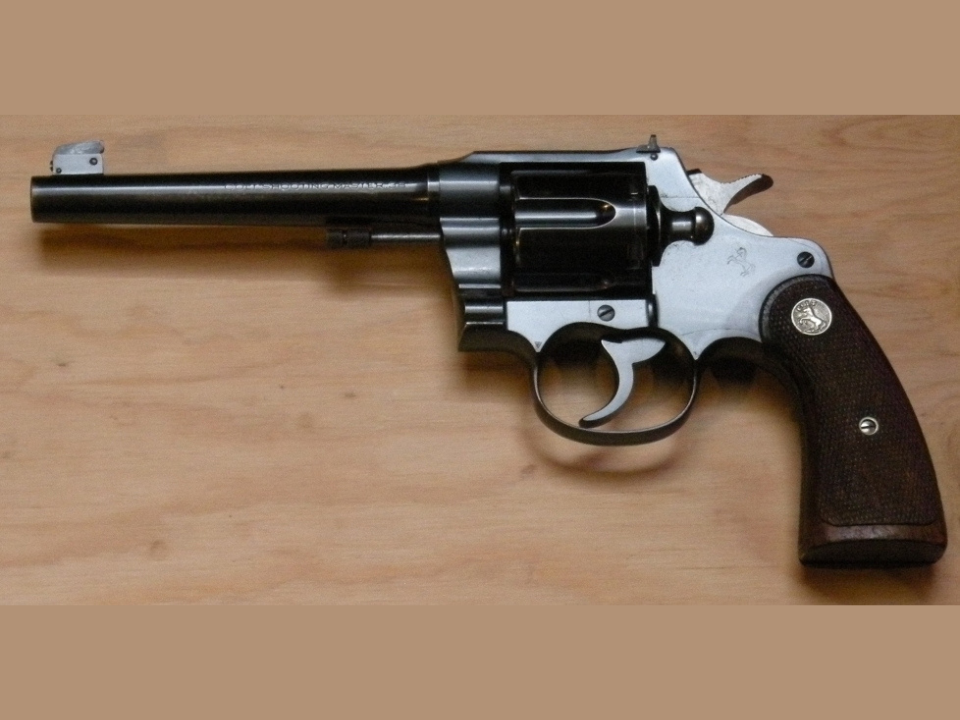
The Colt New Service was one of the largest double-action revolvers of its era, designed for both military and civilian use. It gained a reputation for power and reliability, being chambered in popular calibers like .45 Colt and .44-40. Its solid construction made it a dependable sidearm.
Civilian models became popular among collectors due to their variety of finishes and barrel lengths. Well-preserved examples are sought after, especially early models with factory documentation. These revolvers can command prices from $1,500 to $4,500.
Colt Woodsman
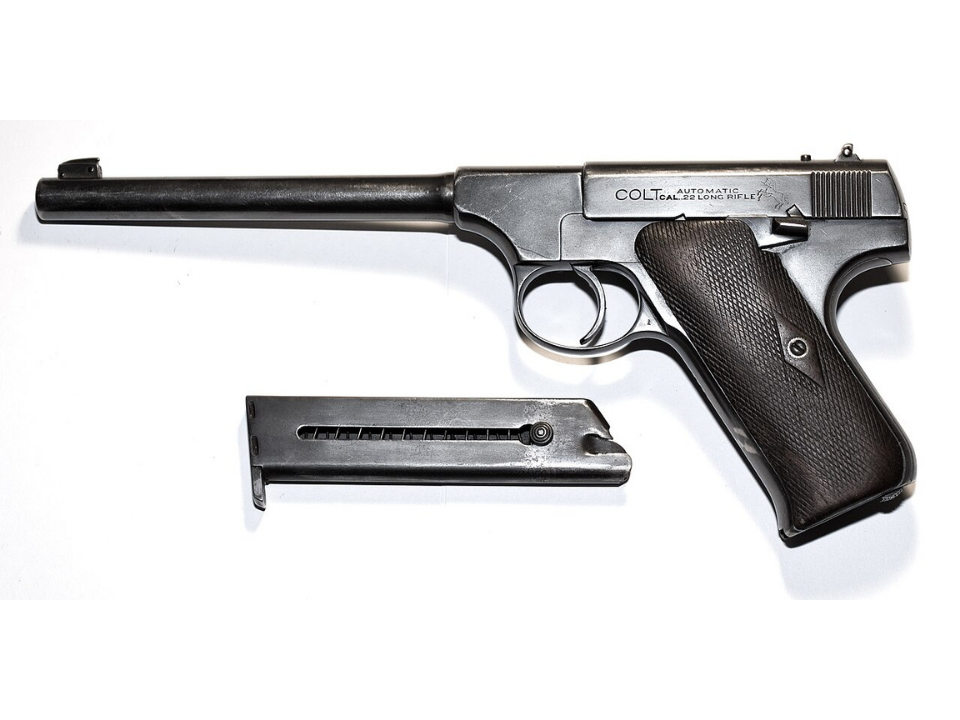
The Colt Woodsman, designed by John Browning, entered production in 1915 as one of the most accurate .22 caliber pistols of its era. It quickly became popular among sport shooters and hunters due to its excellent balance and crisp trigger pull. Its design reflected simplicity and functionality, making it an enjoyable pistol to shoot.
Over the decades, the Woodsman developed a strong following among collectors and recreational marksmen. Early pre-war versions with fine bluing and checkered grips command high interest. Depending on model and era, values typically range from $900 to $3,000.
Winchester Model 1912
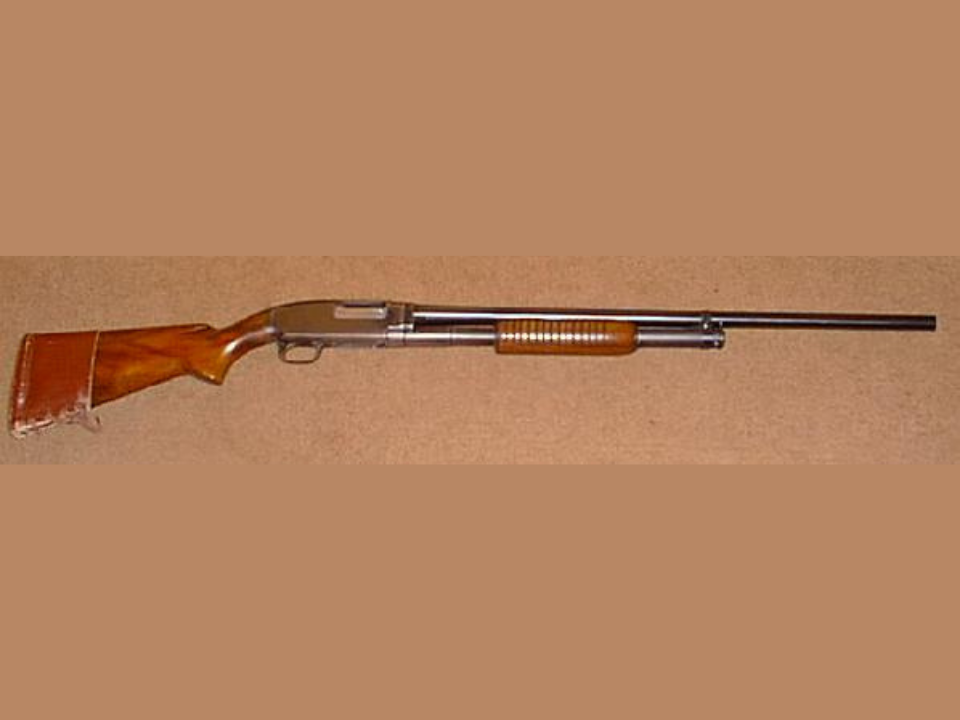
The Winchester Model 1912 pump-action shotgun earned recognition for its reliability and sleek design. Known affectionately as the “Model 12,” it became a common choice for hunters, trap shooters, and homeowners alike. Its smooth slide action and solid steel receiver helped it stand apart from earlier designs.
Collectors regard this model as one of Winchester’s finest mechanical achievements. High-grade versions, including those with custom engraving, are highly desirable. Depending on grade and barrel length, the Model 1912 often sells for $800 to $4,000.
Savage Model 1907 Pistol
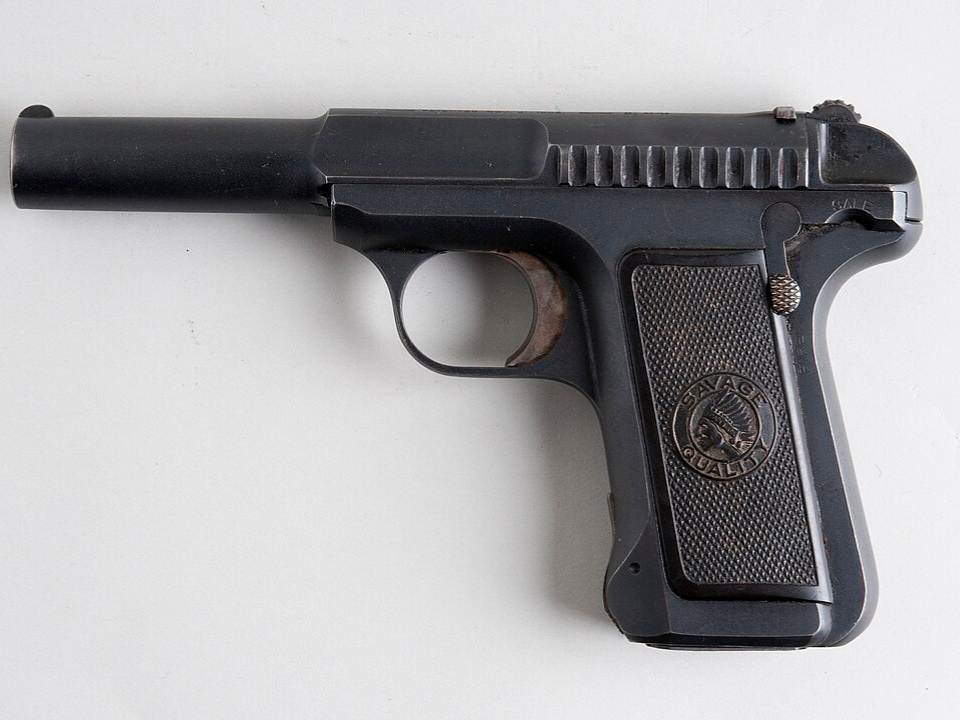
The Savage Model 1907 was a compact semi-automatic pistol chambered in .32 ACP and later .380 ACP. Advertised with the slogan “Ten shots quick,” it was known for its double-stack magazine and ease of use. Its art-deco design gave it a distinctive appearance compared to other pistols of the era.
Collectors appreciate its mechanical uniqueness and connection to early self-loading pistol development. Original examples in good condition with intact markings attract steady demand. Current market prices fall between $600 and $1,800.
Remington Model 12
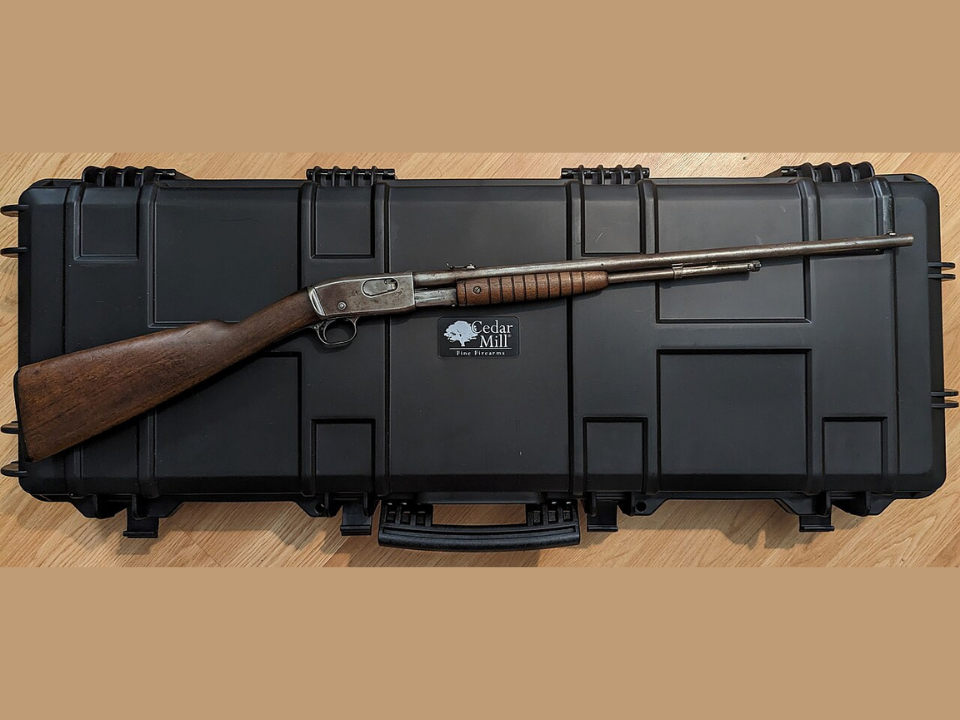
The Remington Model 12, introduced in 1909, was a popular pump-action .22 rifle for both small-game hunting and target shooting. It was well-balanced and featured a takedown design for easy cleaning and transport. Its tubular magazine allowed multiple rounds of .22 ammunition, making it a practical firearm for its time.
Collectors seek the Model 12 for its historical appeal and craftsmanship. Rifles that retain their original bluing or have rare barrel markings command higher prices. Depending on variation and finish, values typically range from $500 to $2,000.
Browning Hi-Power
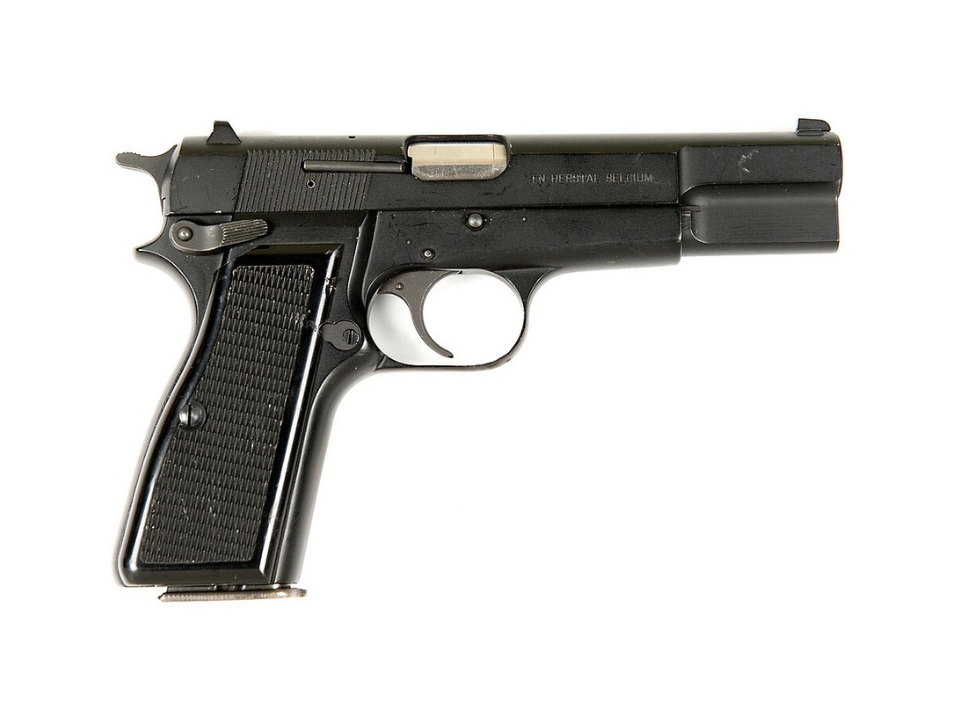
Developed in the 1930s, the Browning Hi-Power became one of the most influential 9mm pistols ever made. Designed by John Browning and completed by Dieudonné Saive, it featured a double-stack magazine that increased ammunition capacity. Its smooth lines and reliability appealed to both military and civilian users.
Today, it remains one of the most collected handguns of the 20th century. Early Belgian-made models with tangent sights and matching numbers are especially valuable. Depending on vintage and condition, prices range from $1,200 to $4,500.
This article originally appeared on Avocadu.
